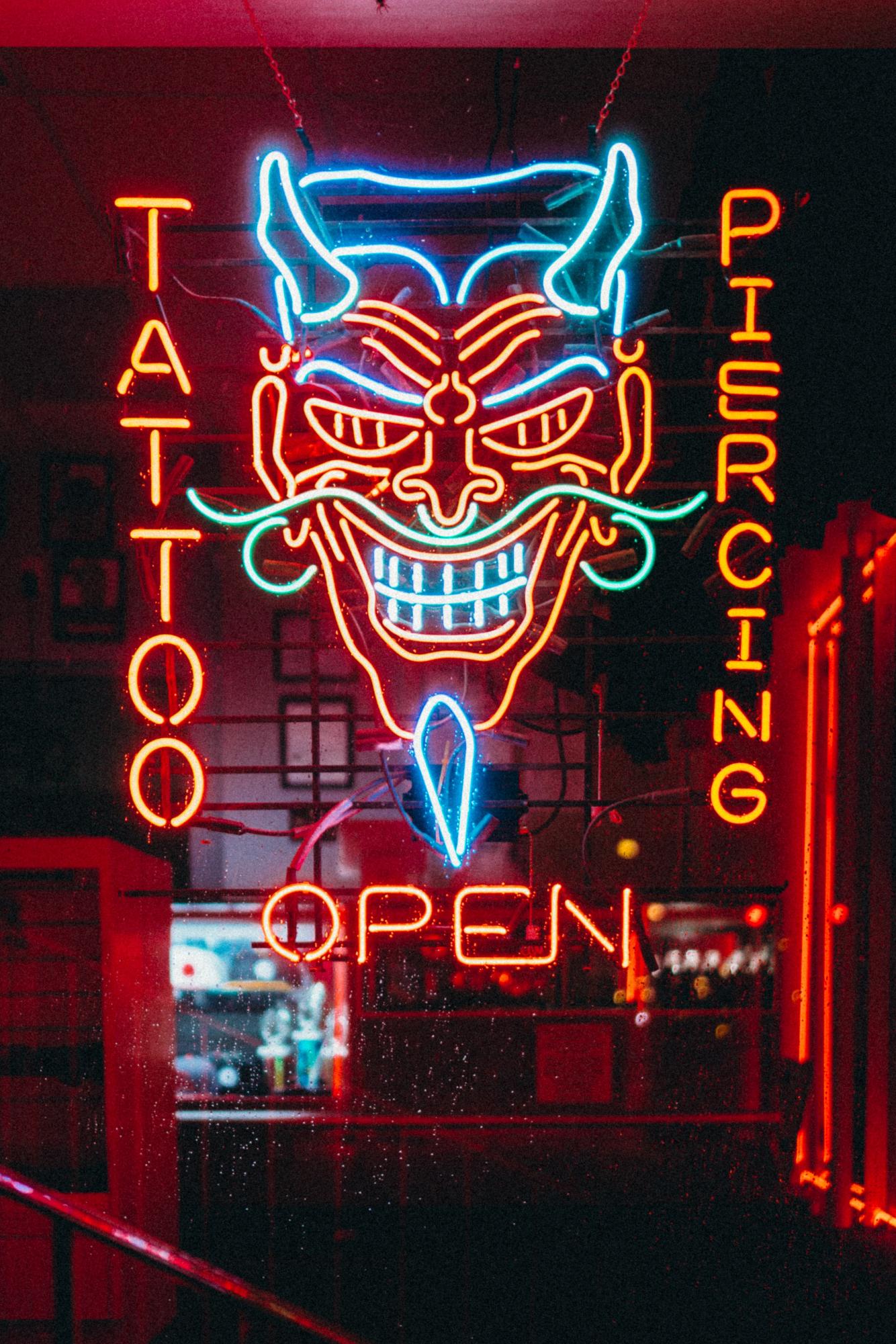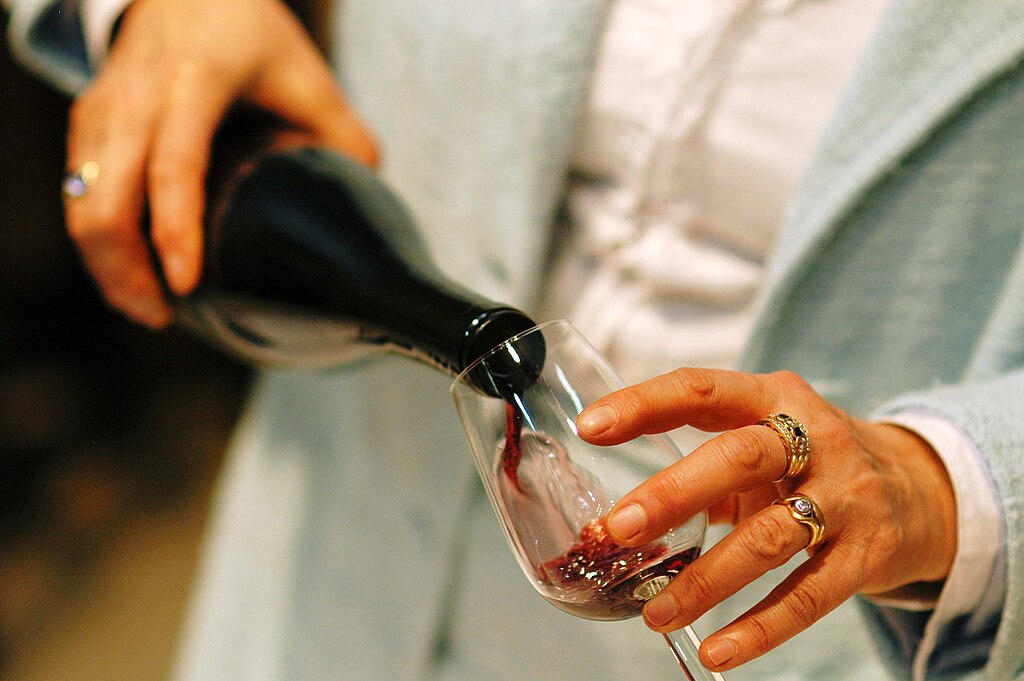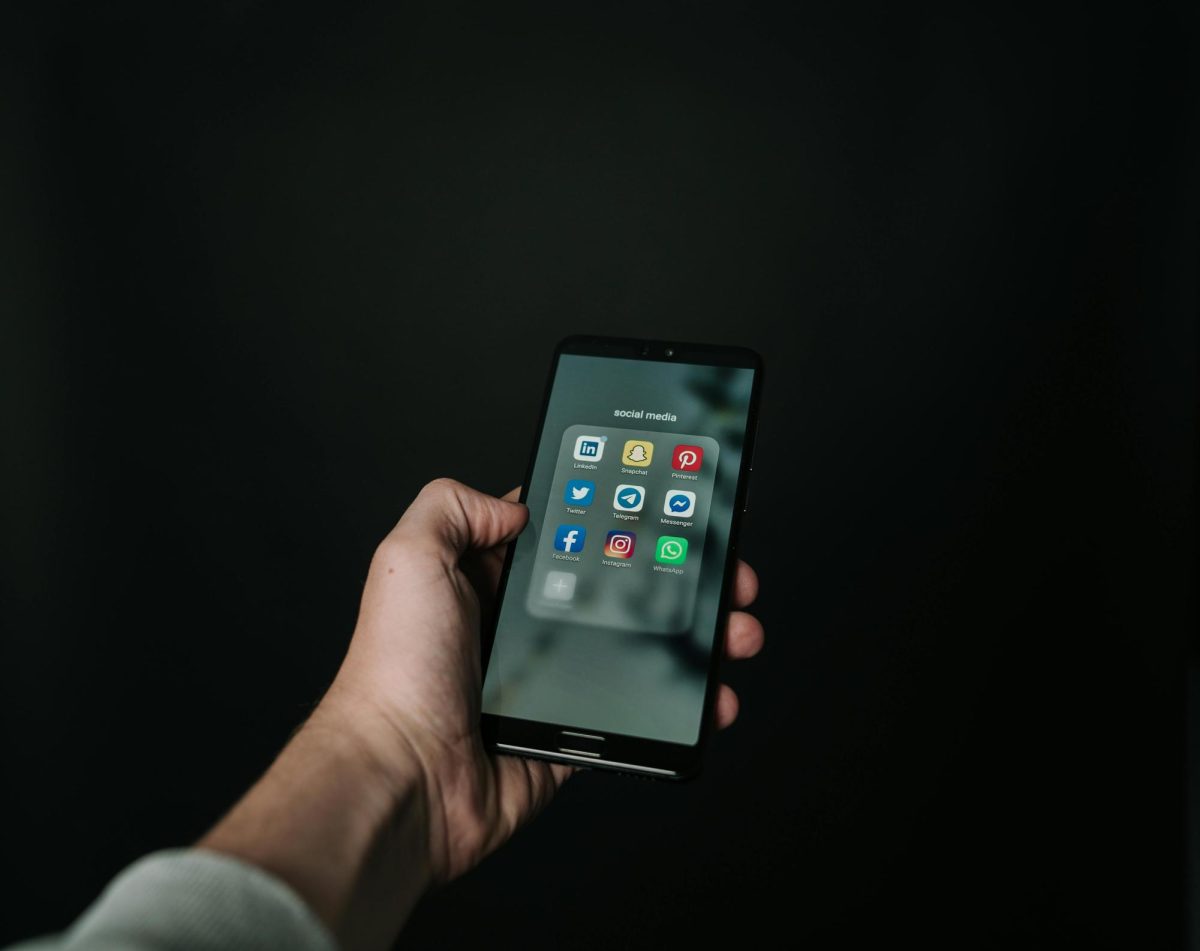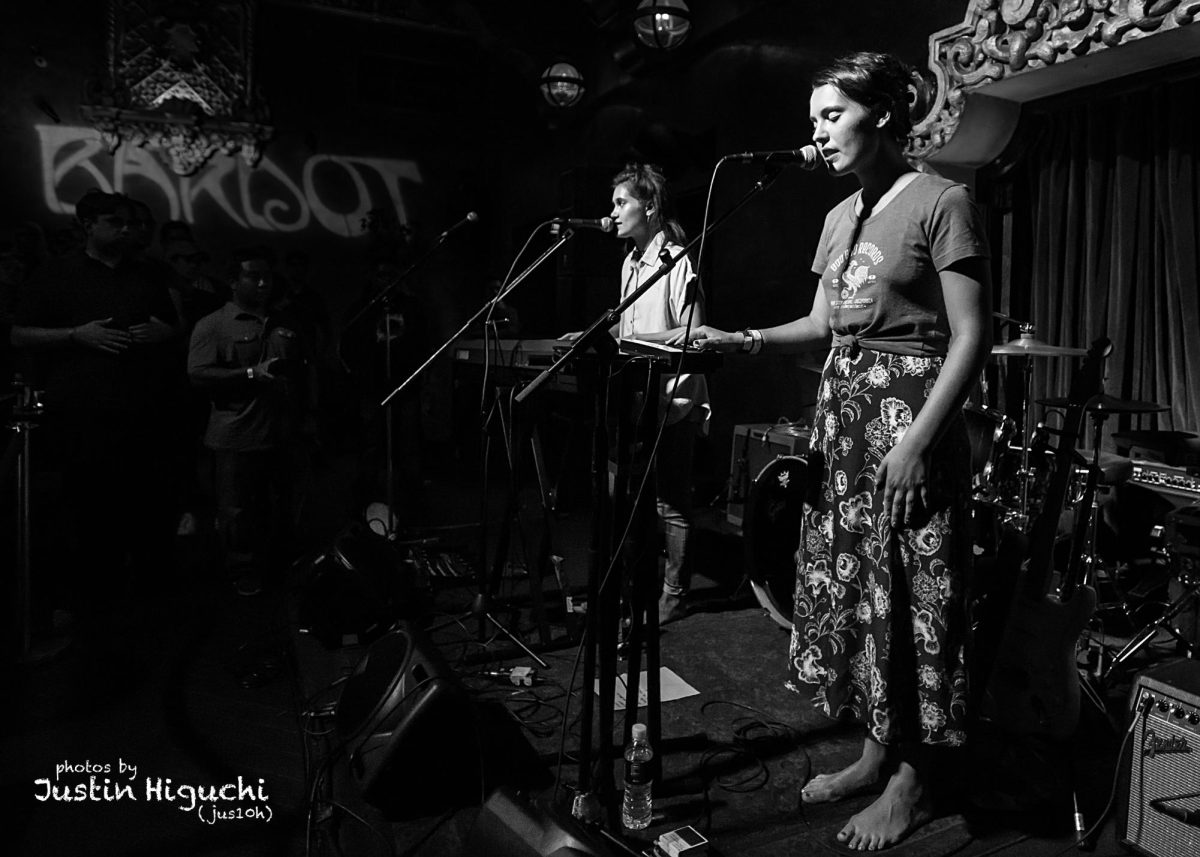Let’s talk about tattoos. There is almost an endless amount of tattoo styles to choose from. Some styles developed a few years ago; others are centuries old and layered with history.
If you’re interested in tattoos, undoubtedly you’ve seen imagery of koi fish and cherry blossom trees, yet most don’t know the history behind these images and all the things artists go through to keep these traditions alive.
The art of Japanese tattooing has gone through many cultural changes, which is expected as Japanese history goes all the way back to the Jomon era (14,500 BCE – 5000 BCE), depicted by clay figurines of people with tattooed faces found from that time period. For a large part of Japanese history, tattoos were widely accepted. This was until around the year 1720 when tattoos, commonly referred to as Irezumi, started being used as a form of punishment to mark criminals with symbols that reflected their crimes.
Irezumi could be simple lines around the criminals arms or go as far as being a Chinese character placed on the person’s forehead. This practice would establish the societal view of tattoos in Japan for centuries to come. Even today, Japanese tattoo masters, called horishi, say that even just the word Irezumi carries a significant amount of negative stigmas and connotations.
While the Japanese government was unknowingly destroying the traditional tattoo world by implementing the practice of tattooing prisoners, tattooers were hard at work trying to maintain and repair the reputation of the suffering art form. During this time the art form continued to evolve. Tattooers began to take influence from the famous form of graphic art, woodcut prints called ukiyo-e.
A little over a hundred years later, in 1827, Japanese tattooing went through yet another evolution; this one bigger than the last. The art we know today began to emerge. It all started with a Chinese novel called Suikoden, a Chinese novel telling the story of 108 outlaws fighting against a corrupt government.
The 36 most powerful outlaws are the main heroes of the story, while the remaining 72 were their soldiers. This novel can be seen as the Chinese counterpart of Robin Hood. When this novel came to Japan, the print maker Utagawa Kuniyoshi saw this as an opportunity for a unique series of woodcut prints that would depict the novel’s protagonists, the 108 outlaws, as heroes. The print maker made sure to add key influences of Chinese art into their woodcut prints so the government wouldn’t see the illustrations as a defiance to the rules.
It’s important to know where your art comes from and the journey it took before it made its way to your media. In Japan today, tattoos are still frowned upon despite the overwhelming amount of love and support that the art style has generated outside of Japan. Tattoos are still widely associated with gangs and criminal activity in Japan even with people actively fighting against it.








